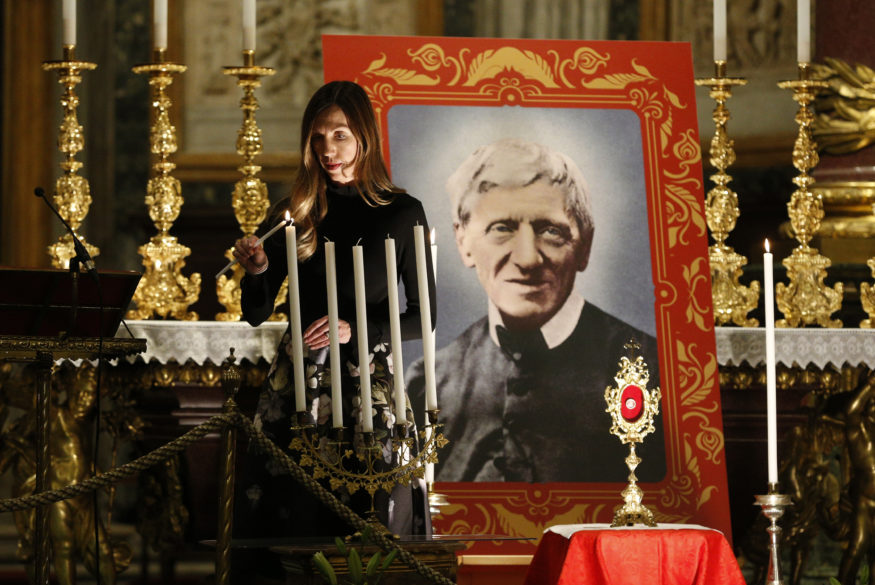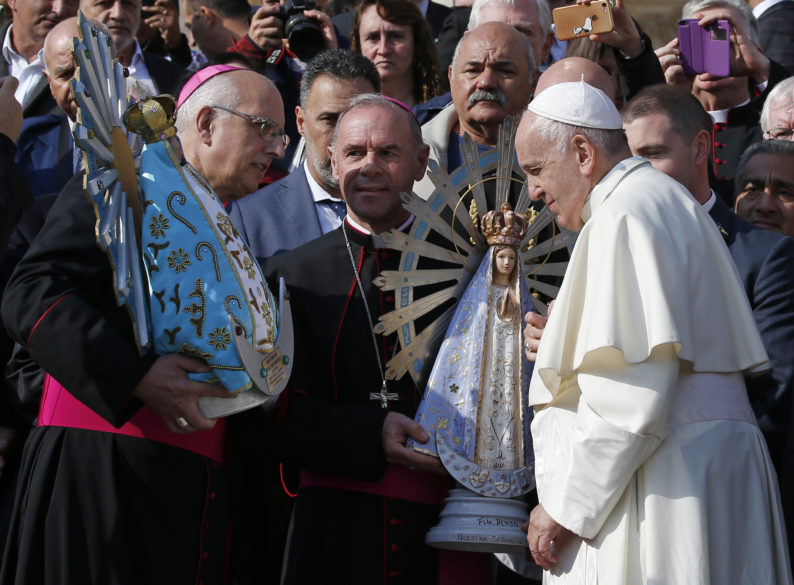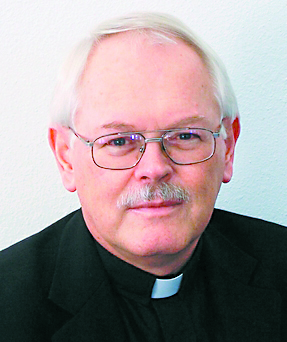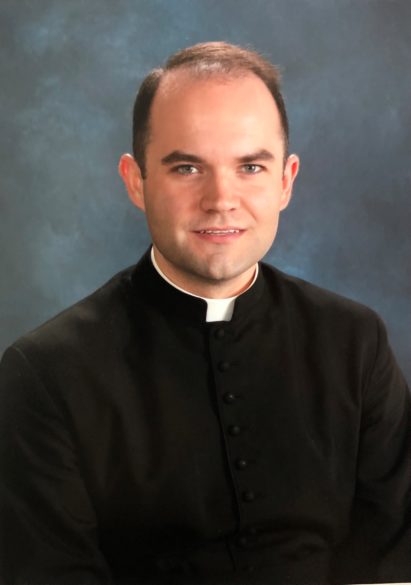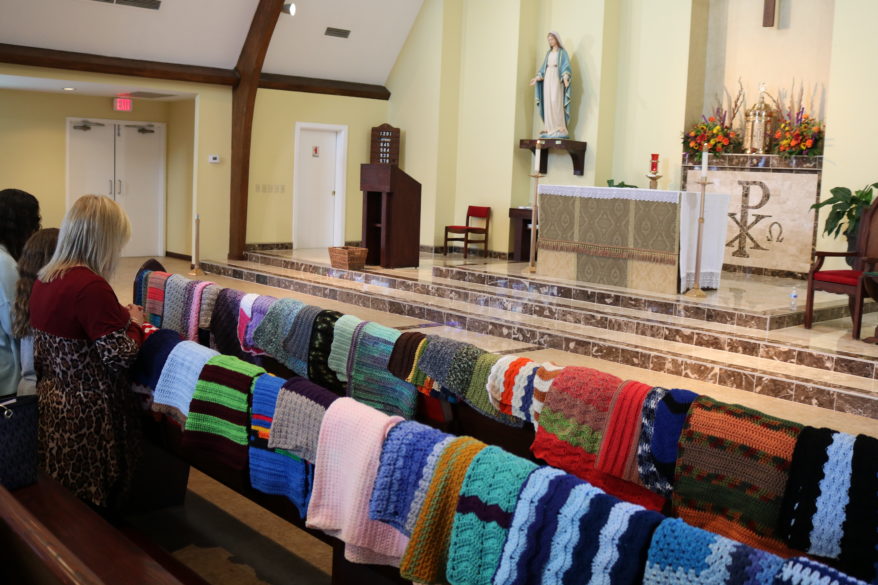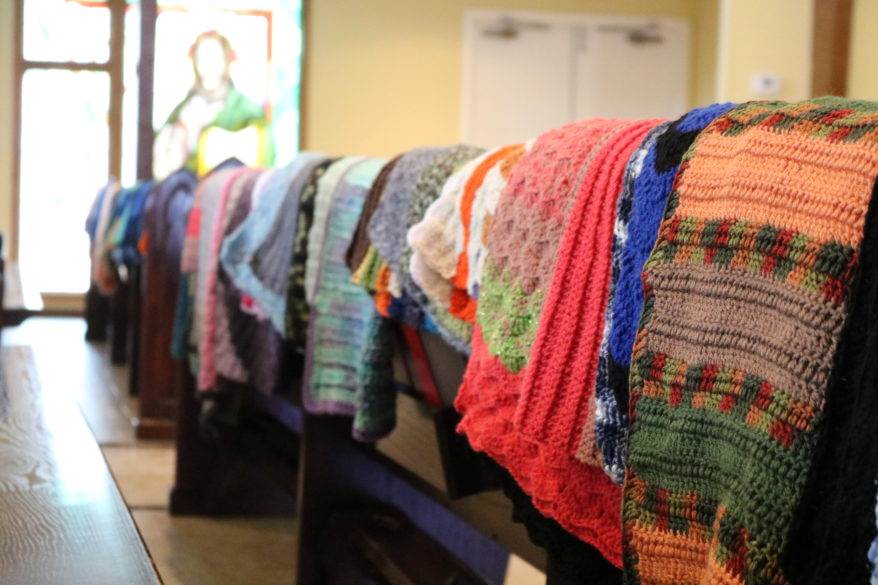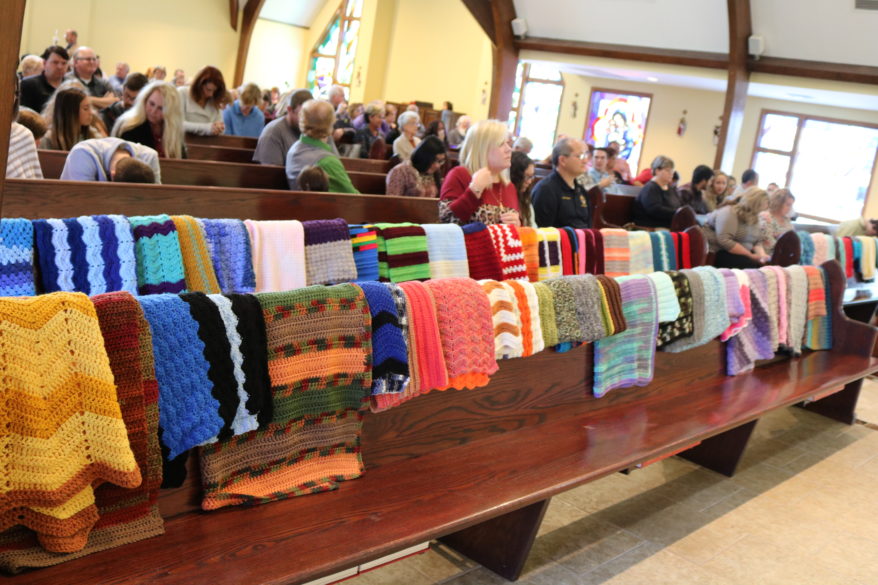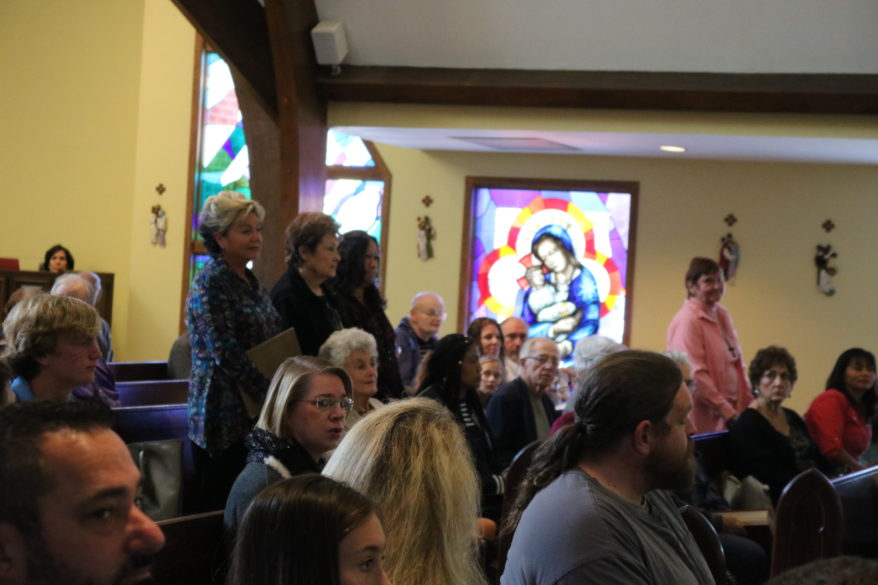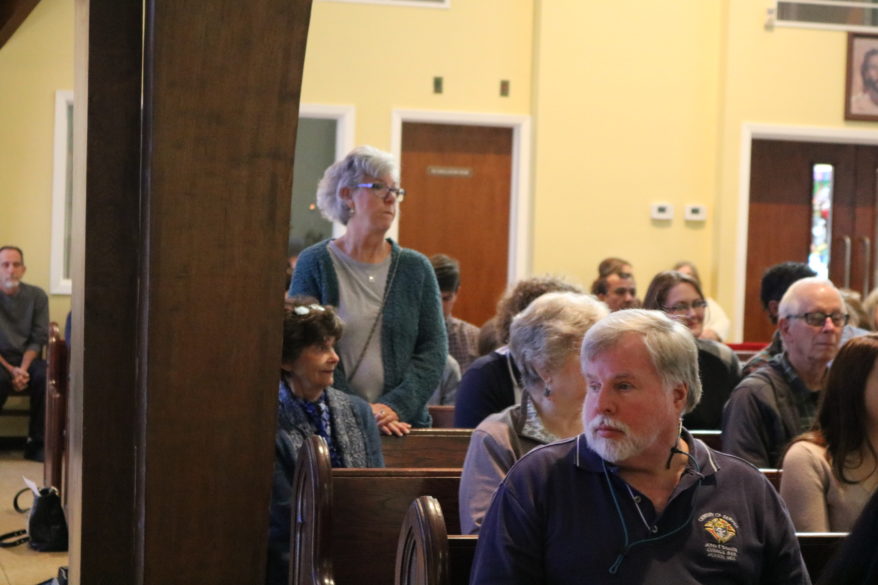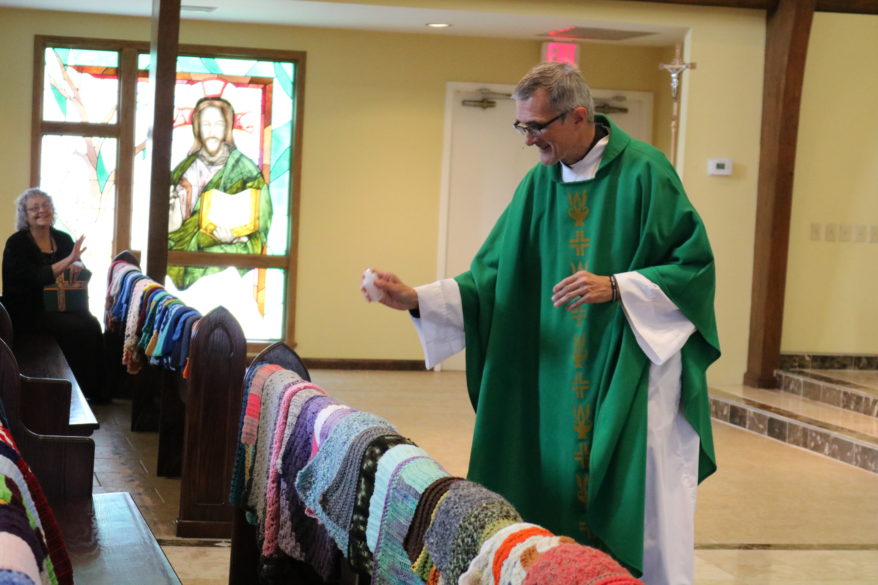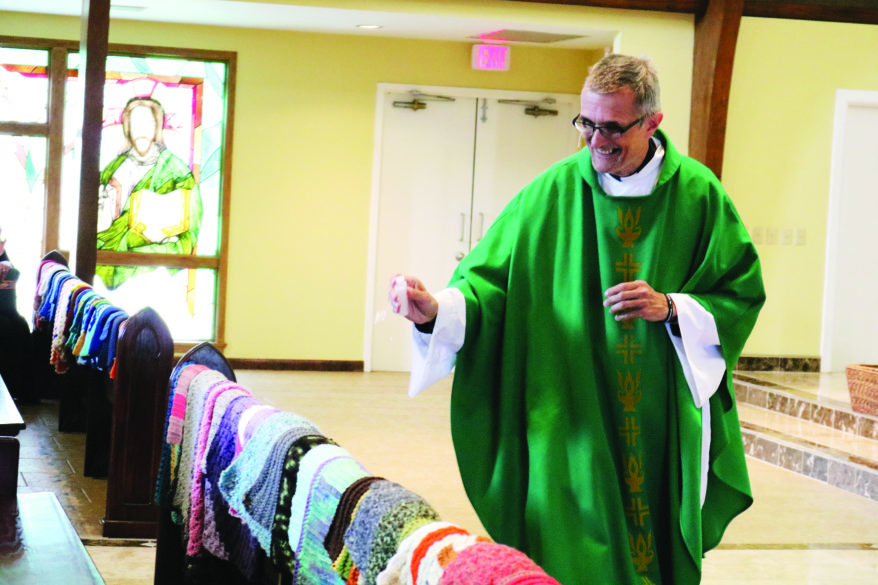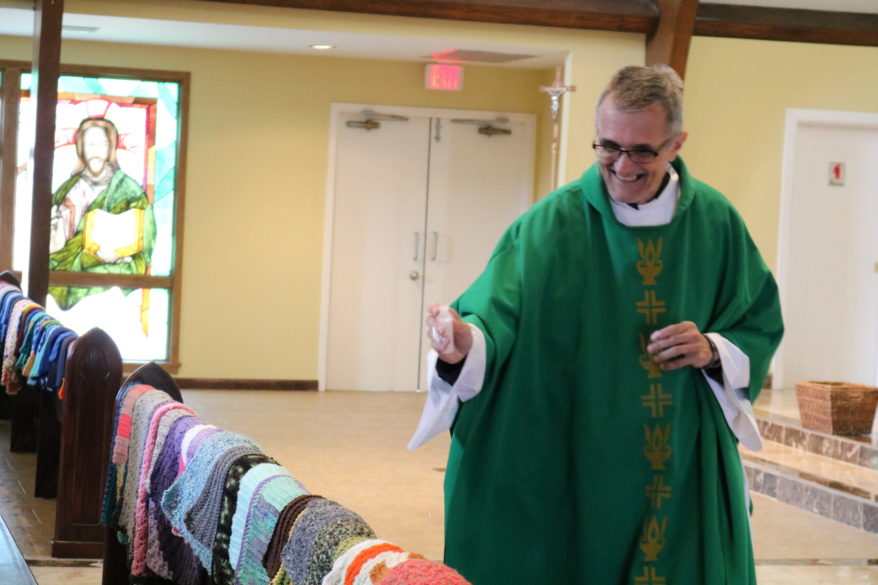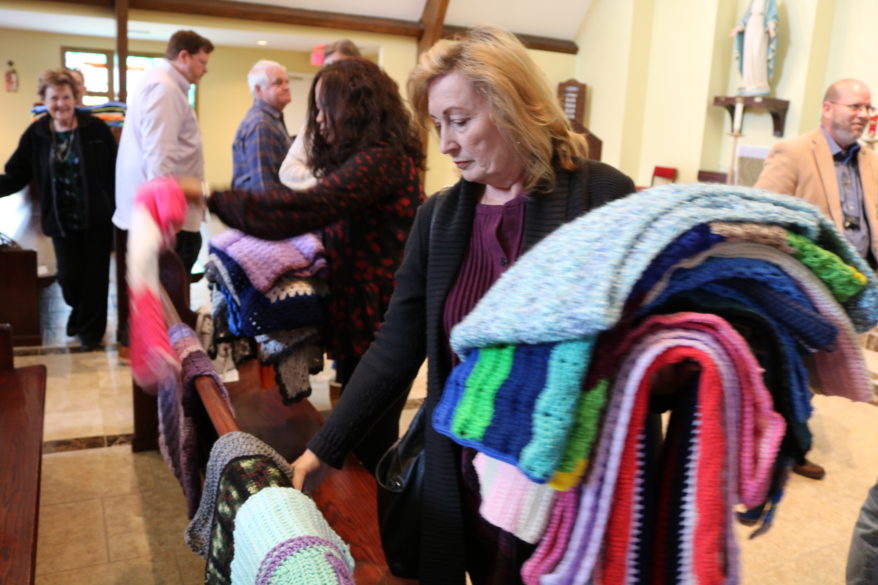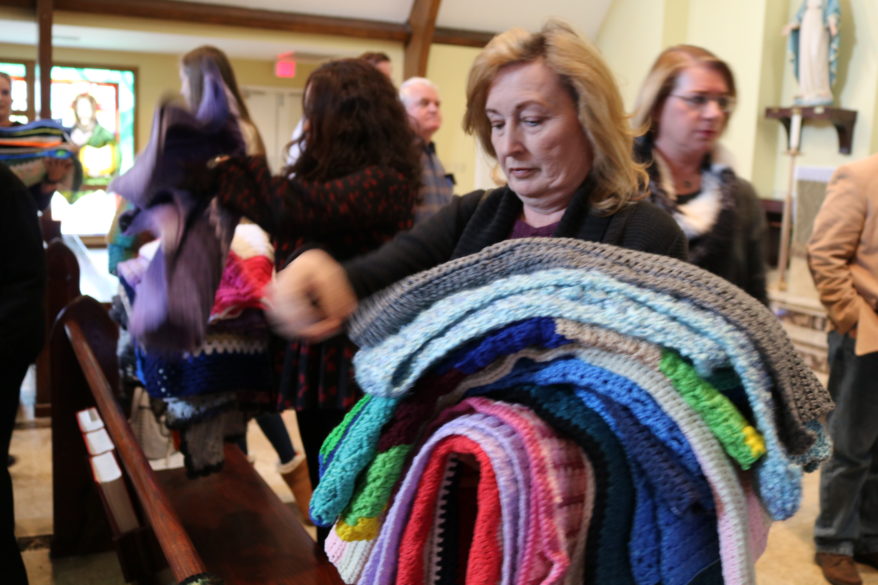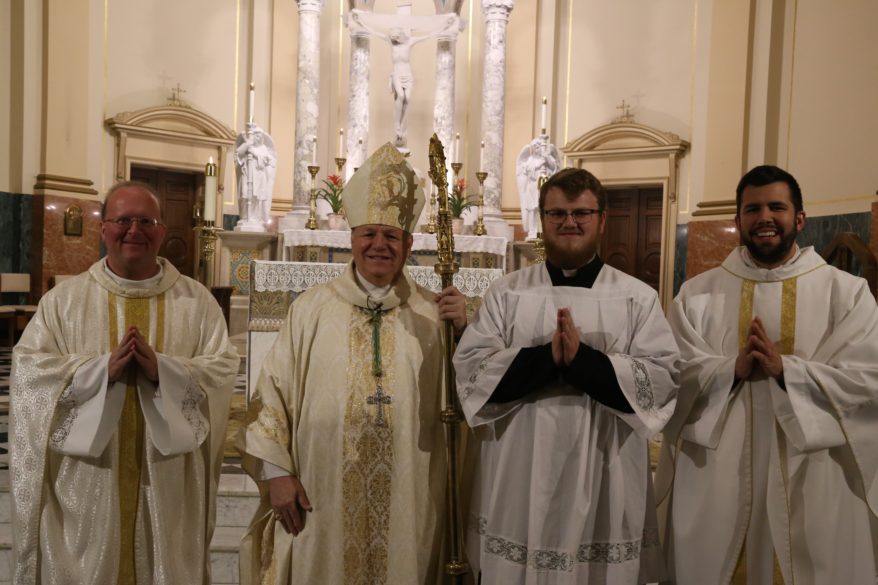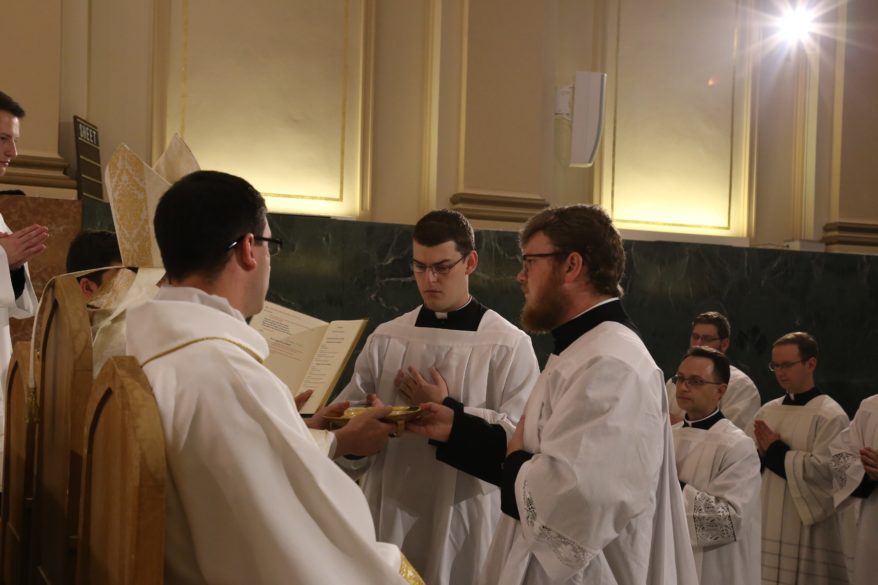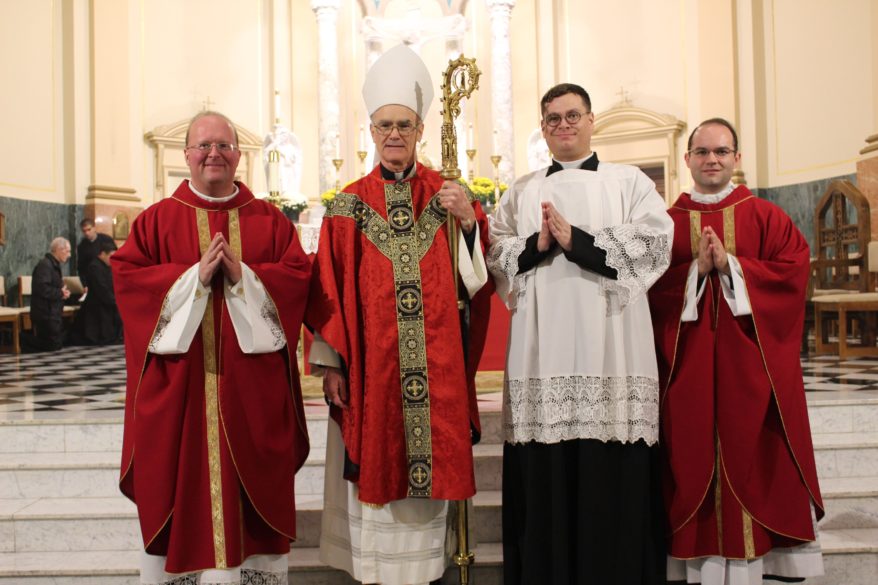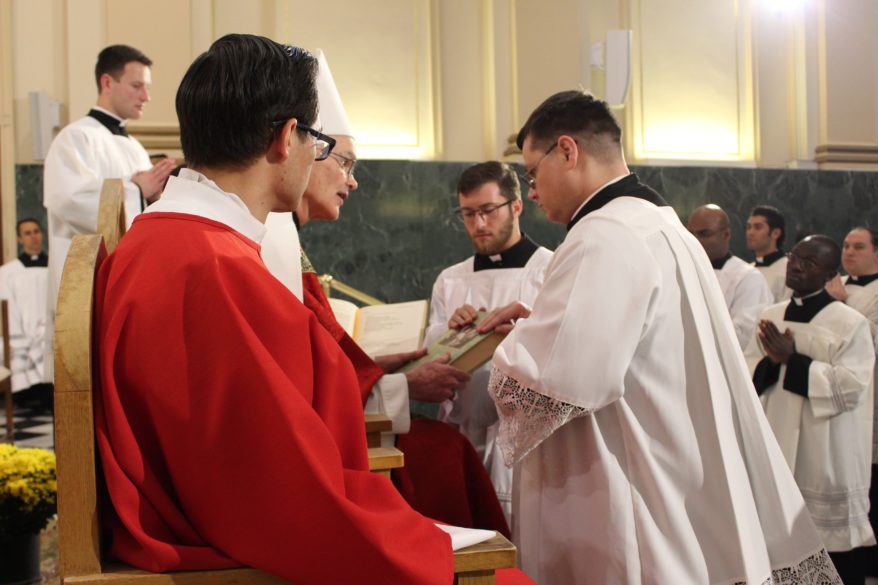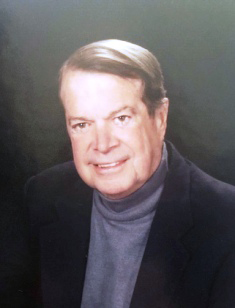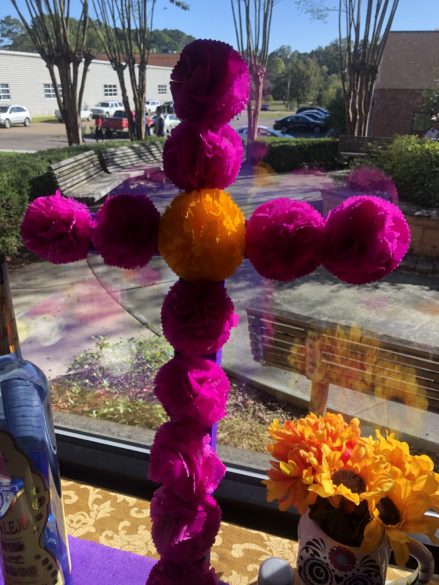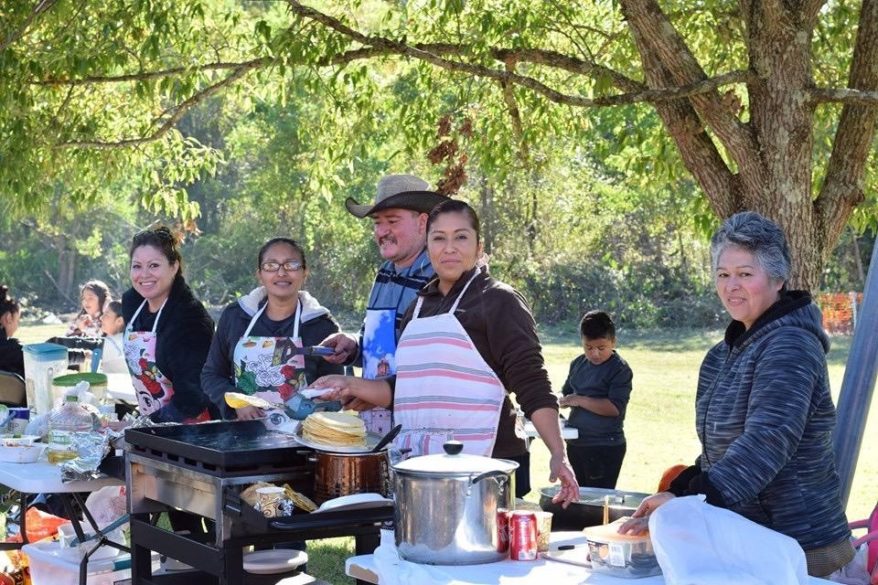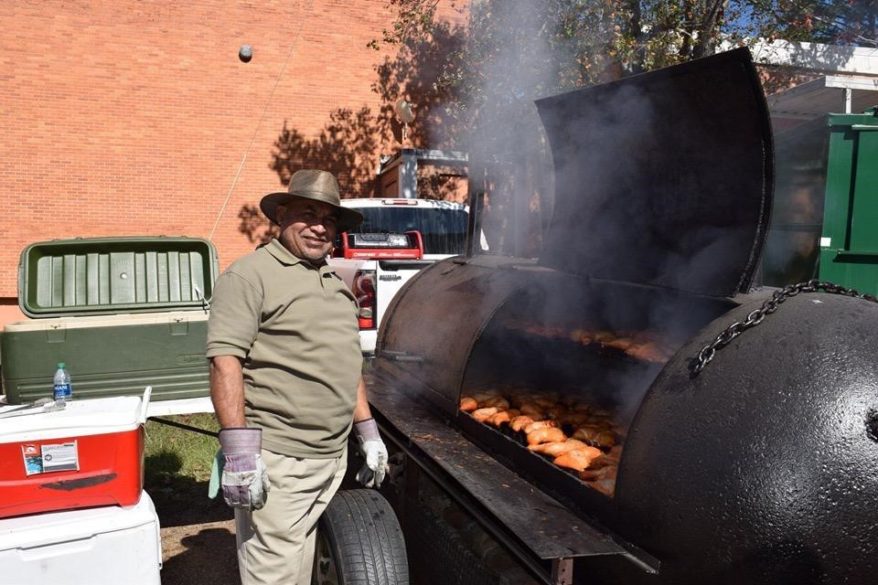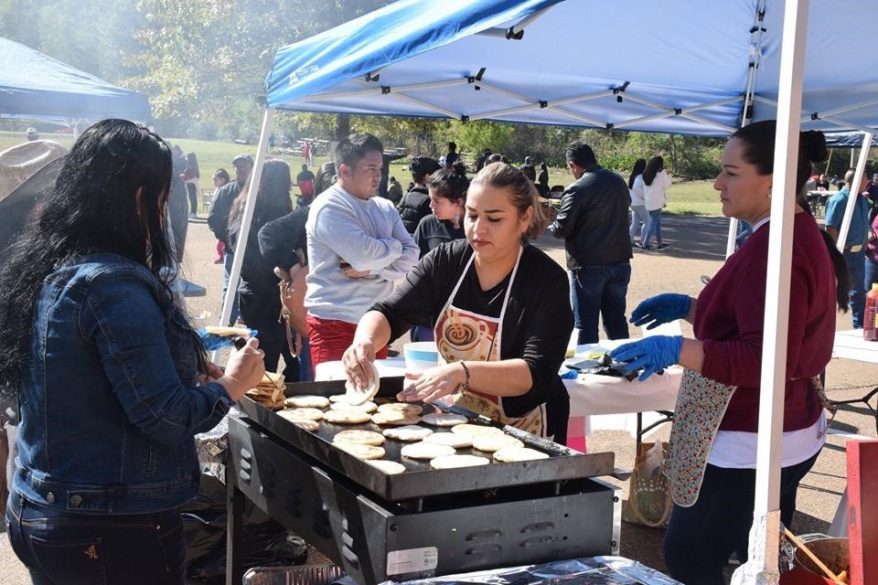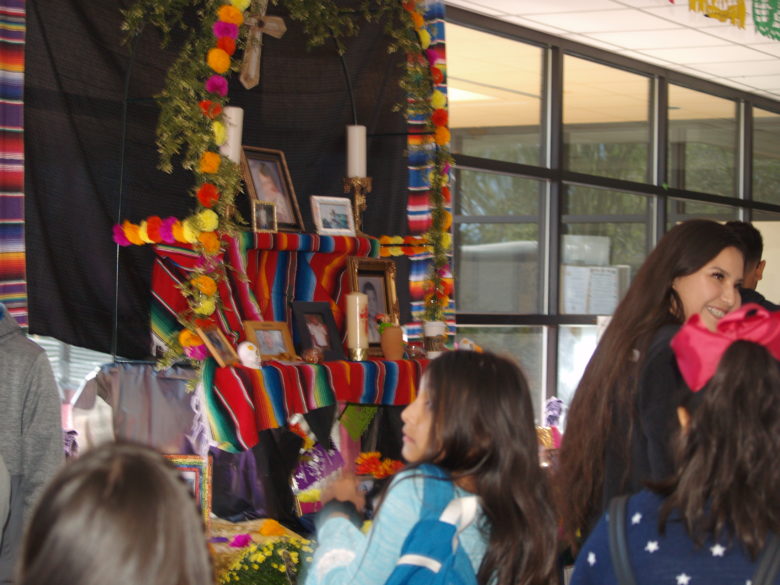The Pillar of the Cloud
The Pillar of the CloudLead, Kindly Light, amid the circling gloom. Lead thou me on!
The night is dark, and I am far from home. Lead thou me on! Keep thou my feet.
I do not ask to see the distant scene, one step enough for me.
I was not ever thus, nor prayed that Thou shouldest lead me on.
I loved to choose and see my own path, but now, Lead thou me on!
I loved the garish day, and spite of fears, pride ruled my will; remember not past years!
So long thy power hath blest me, sure it still will lead me on,
O’er moor and fen, o’er crag and torrent, until the night is gone;
And with the morn those angel faces smile which I have loved long since, and lost awhile.
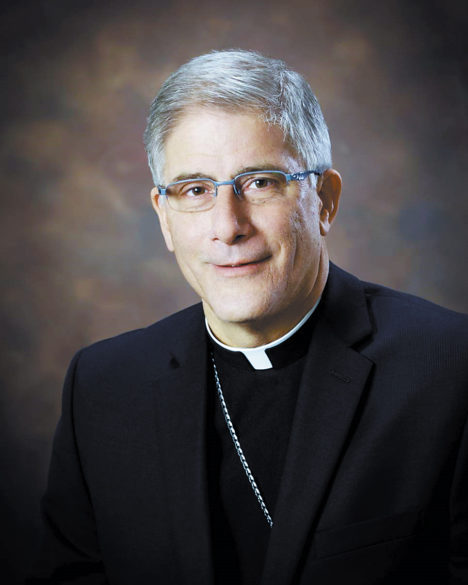
By Bishop Joseph Kopacz
As we go deeper into the month of All Saints and All Souls in our Catholic faith and tradition, powered by the death and resurrection of Jesus Christ, we are able to cherish the “Cloud of Witnesses” who have passed over the threshold into eternal life. These faithful disciples are from our own families and from the family of the Church. In the case of the latter we don’t need ancestry.com to unearth the story; there is ample testimony in the archives of nearly 2000 years. The most recent canonization in Rome raised up John Henry Newman to the community of the white robed ones who stand around the throne of God’s majesty. At mid-life the “Kindly Light“ steered Cardinal John Henry Newman into the fold of the Catholic Church, away from his Anglican roots. It is a remarkable story! His brilliant mind, loving heart and insatiable hunger and thirst for Truth could no longer tolerate a life lived in shadows and illusions.
“On October 9, 1845 he gave up his lifelong security as an Anglican professor at Oxford and became a Catholic, joining the ranks of the despised losers in British society, persecuted and subject to harassment. Despite his own anti-Catholic prejudices, he was convinced by honest study of the Scriptures and the early Christian writers that the catholic faith was true. Losing most of his friends and his security he set out at the age of 45 into an uncertain future. Newman could see plenty of corruption and incompetence in the Catholic Church. In fact, he was opposed by many in the Church after his conversion. But despite all this, he never regretted becoming a Catholic, a decision which was made not because he admired Catholics, but because he realized that the Catholic Church is true. We depend upon Jesus Christ, and the church which he established, in which he comes to us in word and sacrament, and the faith which it professes which leads us home to the heavenly Jerusalem.” (Excerpts from a talk by Cardinal Thomas C. Collins, Archbishop of Toronto)
It would take considerable effort and thought to plumb the depths of Cardinal Newman’s legacy, but in this month of All Saints and Souls, it is noteworthy to reflect in his own words upon his conversion and the abiding sense of eternity in his daily life. After recovering from a serious bout of illness near Rome, he penned the poem The Pillar of the Cloud, a reference to Exodus 13: 21-22 to the cloud that guided the Israelites in the desert by day and the pillar of fire that guided them at night. This masterpiece is the journey of his soul.
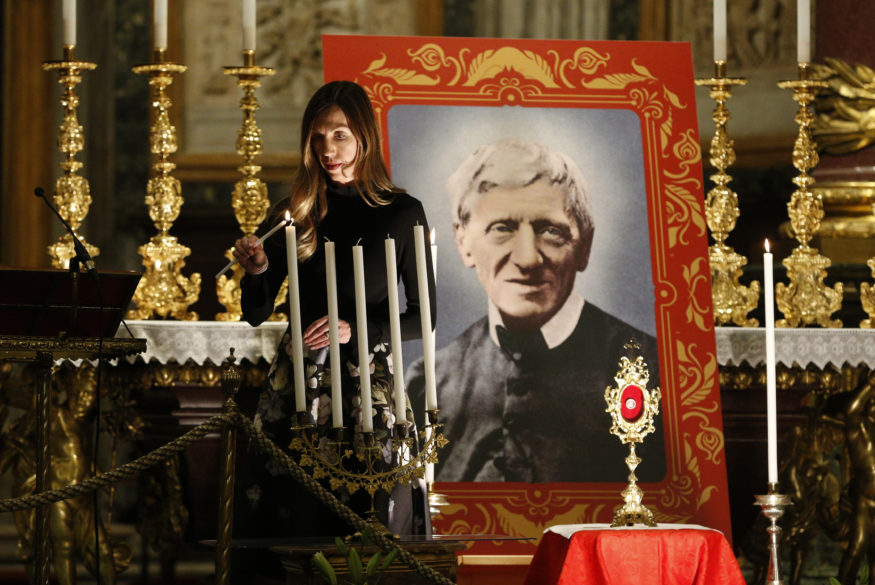
As the second half of his life swirled around in the face of such dramatic earthly changes, Cardinal Newman’s personal relationship with the crucified and risen Lord continued to grow. His motto as bishop was Cor ad cor loquitur, or Heart speaks to heart. Indeed his daily prayer and communion with God deepened his sense of immortality which is the heart of the month of All Saints and Souls.
“Under God’s blessing we come to have a glimpse of our independence from the meaning of things temporal and our immortality. And if it should so happen that misfortunes come upon us as they often do then still more are we led to understand the nothingness of this world; then still more we learn to distrust it, and we are weaned from the love of it, til at length it merely floats before our eyes as some idle veil, which, notwithstanding, its many tints, cannot hide the view of what is behind it, and we begin by degrees to perceive, that there are two beings in the whole universe, our own soul, and the God who made it … These are the great truths which are wrapped up indeed even in a child’s mind, and which God’s grace can unfold there in spite of the influence of the external world.”
Cardinal John Henry Newman inspires us to see more clearly that there is a cost to discipleship in every age, but the “Kindly Light” reveals the essence of truth, love and peace in this life, with the vision of eternal life behind the veil.

